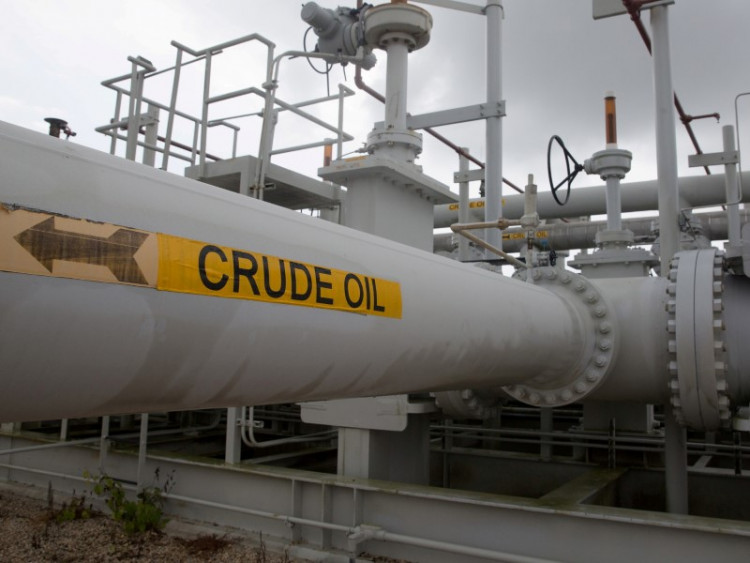Amid ongoing production cuts by the OPEC+ alliance, Russia, a major oil-producing nation, may have bypassed sanction limits, reaping more funds from its oil sales.
Data from the International Energy Agency (IEA) shows that in July, the weighted average price for Russia's seaborne crude oil hit $64.41 per barrel, surpassing the $60 price ceiling set by the West. Moreover, oil export revenues for the month reached their highest levels in eight months.
During the Russia-Ukraine conflict, Western allies imposed a price ceiling on Russian oil. According to this sanction, if energy traders purchased Russian oil at prices exceeding $60 per barrel, they would lose vital services like insurance.
However, due to recent widespread production cuts by OPEC+, and tightening oil supplies, there's widespread market concern that overly strict restrictions might lead to even higher global oil prices. Observing the past month's Russian oil sales, both the U.S. and the EU appeared to be turning a blind eye to their own pricing constraints.
The IEA report also highlighted that Russia "overachieved" its voluntary production cut target set in February. With the production cut plan expected to continue for some time, oil prices may keep rising in the coming months.
According to the IEA, Russia garnered $15.3 billion in revenue from oil and fuel exports in July, a near 20% increase from the previous month. However, compared to the same period last year, Russia's oil revenue has decreased by over a fifth.
IEA data further reveals that Russia's oil exports in July remained steady at 7.3 million barrels per day compared to June. High fuel export volumes offset the decreased crude oil shipments.






